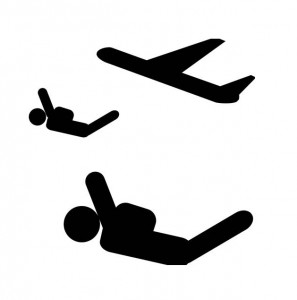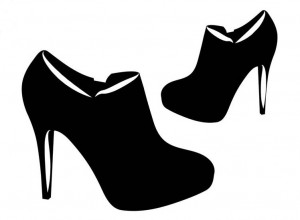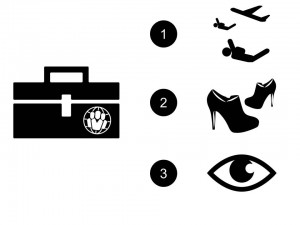Secrets to great presentations
Ten tricks to have your audience hang on your lips
I shouldn’t be giving these away. If I spill the beans like this, I may not be able to sell any more workshops.
But I’ll do it anyway, quietly. Because you faithfully read our blog.
What is prompting me to do this? VUB Crosstalks recently invited me to give a PechaKucha presentation about diversity.
What is PechaKucha? You get twenty slides and twenty seconds per slide. Short presentations of exactly six minutes and forty seconds. Lots of images, little or no text.
The audience loved it. Mission accomplished.
But what makes one presentation knock it out of the park, while the other bombs?
I’ll give you the secrets, before I regret it:
1. Structure is everything
I start my preparation with a white sheet of paper. The first idea is typically terrible. So is the second. By the third idea, something sparks. Take your time to brainstorm.
Only when you have a truly solid idea, you start to work on a structure. Your structure defines how you will get your message across, with an introduction, a middle and a conclusion. Without a structure, your presentation will wobble like gelatin.
2. Use images

Images reinforce a message and promote engagement. I used just icons for my presentation. One single icon per slide.
The idea of “getting out of your comfort zone” was depicted by skydivers exiting a plane.
Images have to stick, along with your story.
3. Surprise
How does one depict empathy? Walk in someone else’s shoes. I showed a pair of challenging looking high heels. Not exactly the pair of shoes the audience expected to see.
“I can assure you that the world looks very different in these shoes”, I said. I saw quite a few smiling faces. Humor is great. It keeps your audience engaged.
4. Less is more
Get rid of unnecessary bells and whistles. Remove all extraneous items from your slides. Mine were simple, in black and white. Icons only.
Is text ok? Yes (up to twenty words per slide), but I challenge you to just use images. Your audience will be all the more captivated.
5. Use the stage
The microphone was positioned at the side of the stage, on a stand. Spotlights illuminated the screen, but the speaker was hidden in the dark. How was I supposed to make eye contact with the audience in this setting?
I took the microphone from the stand, and stood in the light. I moved around on the stage so I could engage with all members of the audience, including the ones in the corner in the back.
6. Create interaction
Don’t let your audience wander off in thoughts. Ask them to raise their hands or use questions with three possible answers.
During my presentation I showed an optical illusion. “Who sees a vase?”, I asked. “Raise your hand. And who sees two faces?” With this question, I wanted to illustrate how our own perception is not necessarily the one and only truth.
7. Practice, practice, practice
PechaKucha is like a sports event. Preparation is brutal: perspiration, effort and despair. But the finish holds an enormous release. And it teaches you tremendous lessons.
A successful performance is the result of practice. Lots and lots of practice. Quietly, whispering, but more importantly: out loud, preferably in front of a mirror. Imprint the structure in your brain and memorize the first minute of the presentation.
8. Speak clearly
If your audience cannot understand you, your impact will be zero. In other words, speak intelligibly: loudly, slowly and well enunciated.
Also make sure your message is understandable. Avoid abbreviations and technical terms, unless you are 100% sure that the audience understands them. This is especially true if you are presenting in a language that is not your native tongue.
9. The rule of 3
Three is a magical number. Remembering three bullet points is manageable. More than three can quickly turn into chaos.
Try to capture your story in three points, or three questions.
For my presentations, I used a toolkit with three tools that are crucial in collaborating with foreign researchers: guts, empathy, and clear communication.
10. A clear message
At the end of my presentation I asked the audience to collaborate with foreign researchers. I challenged them to use the three tools in the toolkit while doing so.
Make sure that by the end of your presentation your objectives are clearly defined and that you communicate what you’d like your audience to take away from your presentation.



